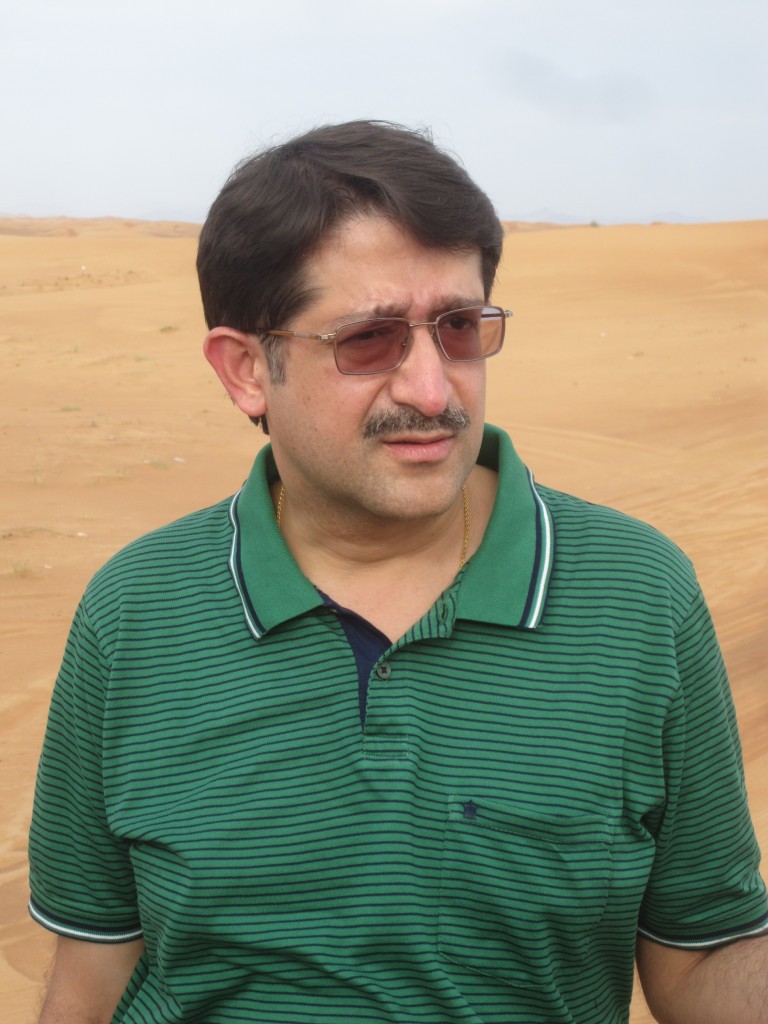 India has world’s fifth largest installed electrical generation capacity, and Power Grid Corporation of India Ltd (PGCIL) being the Central Transmission Utility with it’s 100,619 circuit kilometres of transmission lines,is responsible for bulk transmission of this electrical power across the width and breadth of the country.
India has world’s fifth largest installed electrical generation capacity, and Power Grid Corporation of India Ltd (PGCIL) being the Central Transmission Utility with it’s 100,619 circuit kilometres of transmission lines,is responsible for bulk transmission of this electrical power across the width and breadth of the country.
Our national grid is designed with redundancy, protection mechanisms, and with sophisticated monitoring and control systems. Despite such intrinsic precautionary measures, large blackouts do occur occasionally. Many of these blackouts originate as a single fault and the consequences of that fault rapidly spread through the network causing massive cascading failures due to voltage instability or generator / transient instability. India endured the world’s largest power failure in the summer of 2012, with a blackout that affected more than 60% of India’s, and 10% of world population.
To prevent such large scale blackouts, proper emergency control and compensatory actions must be initiated as soon as the transient instability is detected. Inter-alia recommendationis installation of adequate static and dynamic reactive power compensators to provide voltage support under steady state and dynamic conditions. System studies carried out have identified several 400kV PGCIL substations requiring reactive compensator support of up to ±600MVAR
In a rapidly developing country like India, electric power demand is growing every day. India accounts for one of the highest Transmission & Distribution (T&D) losses in the world. Added to this, is the continuously evolving nature of our power system, due to deregulation, privatization, distributed power plants with higher voltage levels, growing a greater exchange within meshed systems, and transport to large load centres over long transmission lines. Since construction of new transmission lines, cannot keep pace with these demands, utilization of transmission lines can be enhanced by improving the transient and steady state stability which can be achieved with the help of reactive power compensation.
Integration of large and often remote solar & wind farms with the national gridposes challenges to maintain secure network voltage profiles. Dynamic reactive power compensators are commonly used for integration and conforming to the grid code. Specific loads in the industry like electric arc furnaces, rolling mills, and traction loads, also need dynamic reactive power compensation to minimize losses and random electrical characteristic of the operation of equipment.
Static VAR Compensator (or SVC) has traditionally been the device for providing fast-acting step-less reactive power on high-voltage electrical networks.
Static Compensator (STATCOM) builds on the world’s advancement in power electronics and is the next generation SVC offering better performance and response to electrical system transients. STATCOM has superior performance in response speed, stability of voltage level, reducing system loss, increasing transmission capacity and improving transient voltage limit, reducing harmonics and decreasing equipment footprint.
As both utilities and consumers become more aware of the standards to be maintained and appropriate mitigation techniques, dynamic reactive power compensation will play an increasingly important role in the years to come.
For more information contact: www.rxpe.co.uk
(Lalit Tejwani is an electrical engineer with close to three decades industrial experience and is currently the country manger for RXPE in India)
